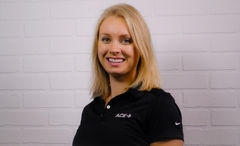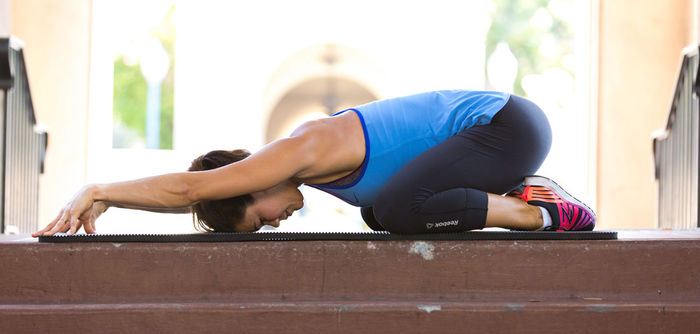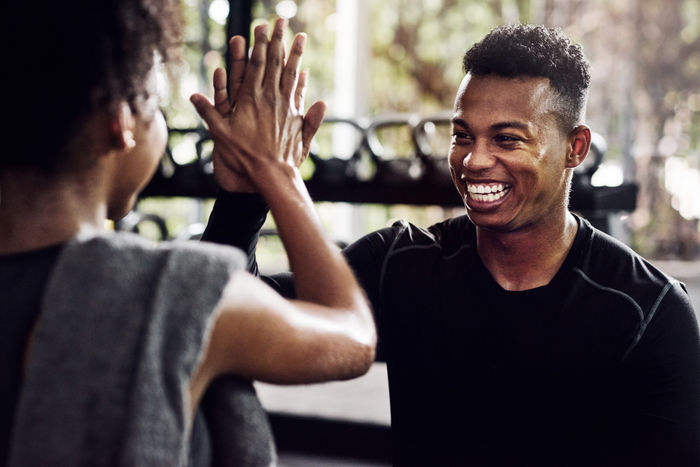In your studies, you may have come across The ACE Mover Method and are wondering how you can apply this when coaching your clients. ACE has designed a simplified process to help health coaches and exercise professionals empower their clients to make behavioral changes. This process is called The ACE ABC Approach. This simplified approach can be used to initiate a client-centered behavior change conversation with a recognition that clients are the foremost experts in themselves and are resourceful and capable of change.
Following this simple formula keeps our clients at the center of this process and guides us in this endeavor:
A + B + C = SMART goals and/or next steps
A: Ask open-ended questions
Asking open-ended questions allows us to learn more about the client. We can use motivational interviewing skills to understand each client’s goals, values, preferences, strengths, discover any barriers to change, and identify our clients’ readiness to change.
The goal of asking open-ended questions is to allow the client to respond however they feel fit without limiting them to a “yes” or “no” response. At this point, you may be wondering what an open-ended question sounds like. The following examples will get you started.
- What do you want to achieve through working with a personal trainer?
- How would you describe your current level of physical activity?
- Which activities have you found enjoyable in the past?
B: Break down barriers
Here, we can explore perceived obstacles, learn more about past and present circumstances, and promote self-efficacy by working together on solutions. In this step, it is essential to focus on actively listening to the client. Asking additional open-ended questions allow the client to explore any perceived barriers that they have. You can use more specific questions here:
- What do you feel is a contributing factor to that?
- What do you need to start doing now to move closer to your goals?
- Can you tell me about a time you were successful in making a positive behavior change?
- What obstacles might get in the way of your goals?
C: Collaborate
In this final step, we focus on the client having ownership of the goal setting and planning process while ensuring that basic psychological needs are addressed (i.e., autonomy, competence, and relatedness). Working together with clients during this process allows them to self-direct, determine specific next steps that are right for them, and lead the discussion on monitoring and measuring progress. Examples of questions to use here include:
- How will you move forward?
- What options do you have to enable you to reach your goal?
- What do you think you will do?
The use of the ABC approach will lead to developing SMART goals with your clients. It also presents a framework for constructive conversations that ACE health coaches and exercise professionals can have when interacting with clients. This simple three-step approach can be used in many conversations and situations to empower clients to take ownership of their behavior-change journey.




 by
by 







 by
by